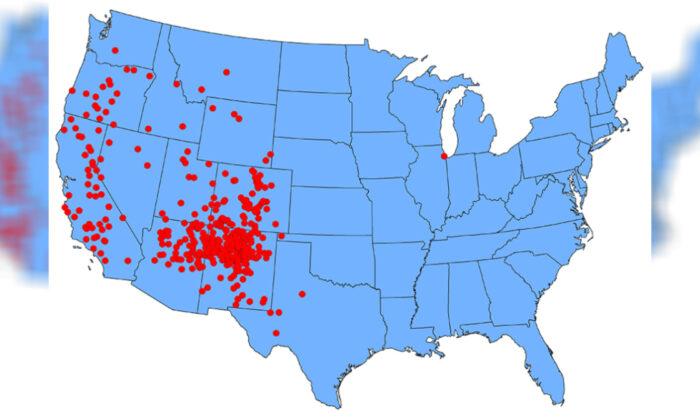Authorities in Colorado said this week that the first human plague case has been discovered in the state since 2015.
The infected resident was discovered in the southwestern portion of the state earlier this summer, according to the Colorado Department of Public Health and Environment. It added that he had contact with infected squirrels.
But the person, who was not identified, didn’t have the bubonic plague, which is associated with the Black Death pandemic that killed millions of Europeans in the Medieval period.
A squirrel in Colorado recently was found to have contracted the bubonic plague, and it was located about 17 miles southwest of Denver, the state’s largest city and capital.
People can be infected with the plague through animals or fleas that have been infected.
“Plague has been present in Colorado since at least the 1940s, and cases in wild rodents in Colorado are reported most years,” said Dr. Jennifer House, the Colorado public health veterinarian, in a news release. “While we see most plague activity during the summer, the disease can be found in rodents year-round and sometimes spills over into other wildlife species as well as domestic cats and dogs.”
To prevent getting the plague, health officials urge Colorado residents not to directly handle any wildlife, keep pets away from wildlife, especially keep pets away from dead rodents or rabbits, don’t allow pets to roam freely, treat all pets for fleas, don’t feed wildlife, and to stay aware of rodent or rabbit populations.
Symptoms of the plague can include high fever, chills, headache, and nausea, as well as other signs, occurring within a week of exposure, the Centers for Disease Control and Prevention says. However, the disease can be treated with antibiotics upon early diagnosis.





